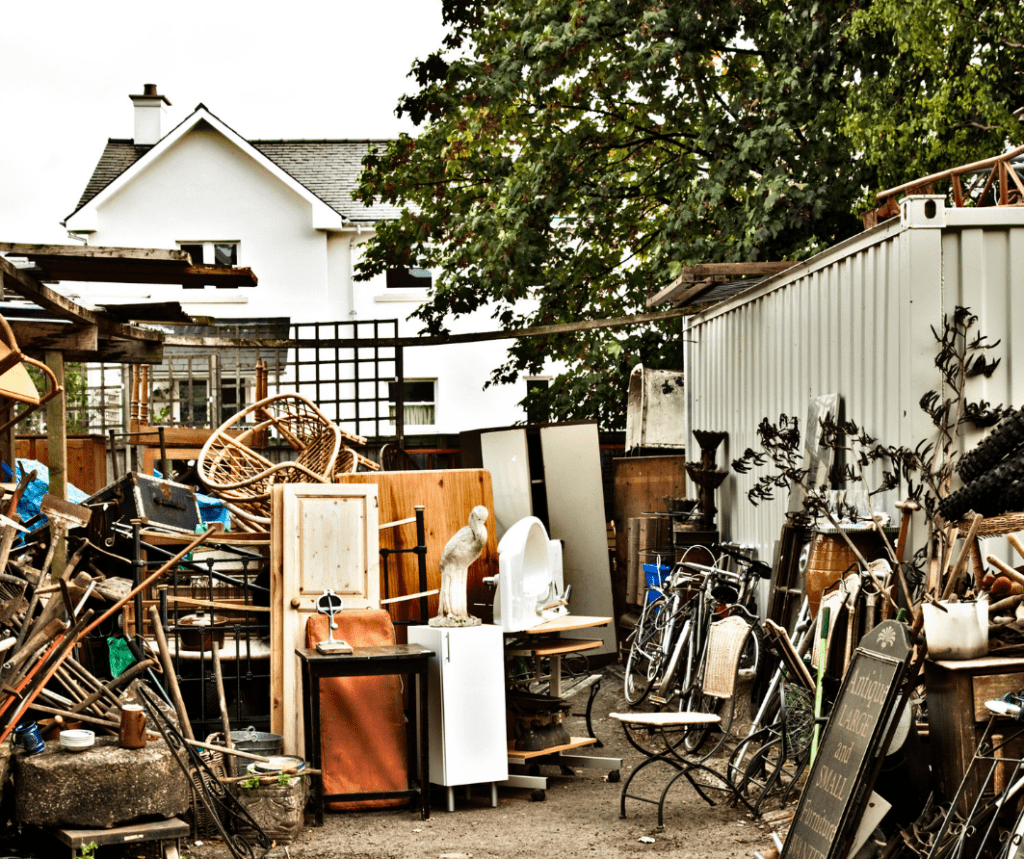Mental Health: Hoarding Is More Than Just Clutter
Hoarding is more than just laziness, negligence, and messy habits. According to the Mayo Clinic, hoarding disorder is classified as a form of obsessive compulsive disorder (OCD). Those who suffer from this disorder have difficulty parting with their possessions because they have a strong emotional attachment to them. Obsessive compulsive disorders have two main symptoms: obsessions, which occur in the form of repetitive thoughts, and compulsions, which create the desire to perform repetitive actions. Hoarding disorder, or compulsive hoarding, occurs as an individual repeatedly believes they need to save items, even if there is no current use for it (the individual develops a fear that there will be a need for it in the future). This anxiety urges them to repeatedly keep items that could be discarded. If you or a loved one has symptoms of hoarding disorder, it is important that you seek help from a mental health professional to begin the process to recovery.
The Dangers of Hoarding: More Than Just Mess
In addition to the mental health aspect, hoarding cleanout professionals agree that hoarding is a serious issue that requires expertise and adherence to a strict procedure to safely clean up a hoarder’s home. These experts identify several dangers of hoarding, including health concerns, and physical hazards like fire potential, structural damage, and poor air quality. With several dangers existing concurrently within the home, it is unsafe for the occupants or their loved ones to handle the situation alone. Contact an experienced hoarding cleanout team that is properly equipped to clean up the mess and remove all of the hazards present.
Health Hazards: Mold and Biohazards
One of the potential dangers of hoarding situations is the potential for bacterial and mold infestation. In severe cases, it is common to find infestations of bacteria and mold beneath the clutter. For example, if food pantries have been left unattended, the spoiled contents can leave behind a residue that may cause stomach issues and other illnesses. Additionally, hoarding can lead to water damage, in which the excess moisture creates an ideal environment for mold growth. Once mold infests the home, it can pollute the air to cause allergic reactions, respiratory illness symptoms, and worsen pre existing conditions like asthma.
Fire Safety Risks and Impassable Spaces
Besides the health risks that come with hoarding, there are several physical hazards that can add to the dangers of hoarding to the occupants of the home. First and foremost, with the accumulation of hoarded items, tall piles of clutter can form, which could prevent residents from being able to safely walk through their home (or to escape it if necessary). For example, if there is not a clear pathway through the house, there is a risk that the homeowners could trip and fall, and injure themselves. Additionally, as hoarding continues, clusters of piles that are close together can become a fire hazard, even from small activities like lighting a candle or smoking a cigarette.
Uninvited Guests: Rodent Infestation
The dangers of hoarding even stretch beyond bacterial concerns and physical hazards. Hoarding conditions often attract pests into the home. For instance, cockroaches, flies, and insects are often attracted to spoiled food and waste. Rodents are also attracted to these conditions and bring disease into the home. Once these scavengers enter the home, they present health risks because of their potential to introduce and spread harmful diseases.
Getting Help for a Hoarding Living Space
Living in a hoarding situation is more than just clutter, because there are several compounding dangers of hoarding, from additional health concerns and physical hazards, to pest infestations. These dangers are harmful to both the hoarder and the structure, because these conditions can quickly become unsafe and unsanitary. It is important to seek professional help from experts with specific experience in hoarding cleanouts. Contact the professionals at MSR Restoration to mitigate the dangers of hoarding.They will restore the hoarder’s home to safety with respect and sensitivity.


